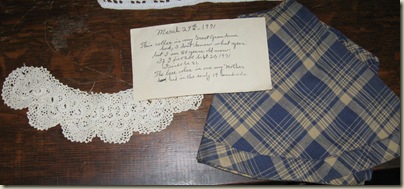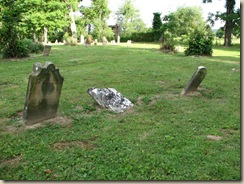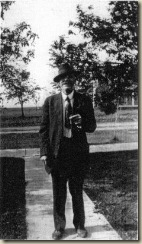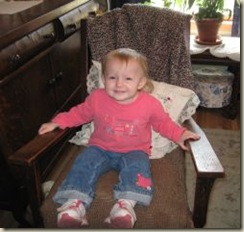Years ago, I found digital copies of the 1880 Agricultural Schedule for my direct-line ancestors, William Graves and Lawson Lair in Peoria County, Illinois.1 The headings of the schedules were impossible to read, and I wasn’t terribly sure how valuable any of the information would be, so I stashed them to deal with later. Yesterday I decided to put the effort into seeing exactly what was on those schedules.
 |
| William Graves |
As it turns out, one schedule entry notes that William does not own this particular farm, but is leasing it for a share of the profits produced. Looking at the other entries on the schedule and comparing them to neighbors listed on the plat maps for 1873 and 1896, I was able to determine the farm was located in Section 4 of Princeville Township, land that William owned in 1873 and his daughter Sarah A. Cox owned in 1896. Sarah was married to Charles Cox in 1874, and may have been given that farm at that time, or at least prior to 1880.
The second entry is a bit harder to explain. Again, looking at those around him both on the schedule and on the various plat maps, this farm appears to be his personal farm. William had purchased land that was clustered around his primary farm in the western half of section 2 and the eastern half of section 3. On the earlier 1873 plat map, the section 2 land had been divided into two farms – one owned by his daughter, Martha Cox, and the other in his name. Later that land would go to his son, Austin, who was just 3 at the time this map was created. Across the road, in section 3, he owned a 240 acre farm, which would by 1896 have been divided into thirds – 80 acres for his son Oscar, 80 acres for his son Tom, and 80 acres for himself. But this does not explain the findings on the 1880 agriculture schedule – William’s farm was described as 80 acres. Twins Austin and Oscar would have been just 10 at the time of the schedule, and Tom would have been 18. It is conceivable that Tom had gotten his farm by 1880, but unlikely that Austin and Oscar’s would have been in their names. Perhaps these 240 acres of unaccounted-for land was rented out and appears on the schedule under the renter’s name. Thus, William’s second appearance on the schedule with 80 acres of land would make sense.
Regarding the specifics of William’s farming, he tilled 79 of the 80 acres on Sarah’s farm, but only 30 of his own, keeping the remainder as meadow or pasture. Each farm produced about $700 for the year in profits. He kept horses, pigs, and chickens at both places, but also kept cattle on his own farm – 2 cows for milking and 16 others to sell or slaughter. Butter was produced on his home farm – 150 pounds in 1879.
 |
| William Graves' land, photo taken about 2007 by author. |
Crops grown on both farms include Indian corn, oats, and Irish potatoes (as opposed to sweet potatoes). 100 bushels of apples were sold from the orchard on Sarah’s land, and 125 gallons of molasses were produced from there as well.
Besides an interesting snapshot of what a typical workday for William may have looked like, finding these two entries on the agriculture schedule really forced me to take a good look at William’s land ownership and how his land acquisitions were divided among his children, and when that may have occurred.
I have one question I wish I could ask William’s wife: Who really churned all that butter??
1 Both these men were great-grandfathers of Bill Knutz Jr. William Graves’ son Tom married Lawson Lair’s daughter Nettie, and they were Bill’s grandparents.
2https://www.census.gov/history/pdf/agcensusschedules.pdf






















